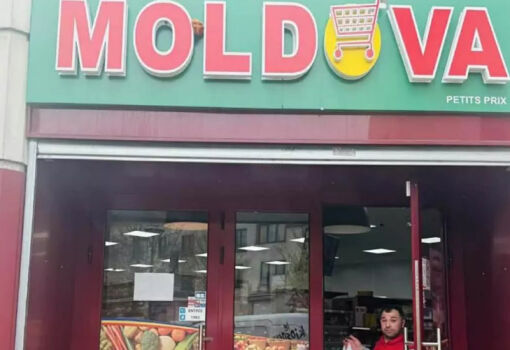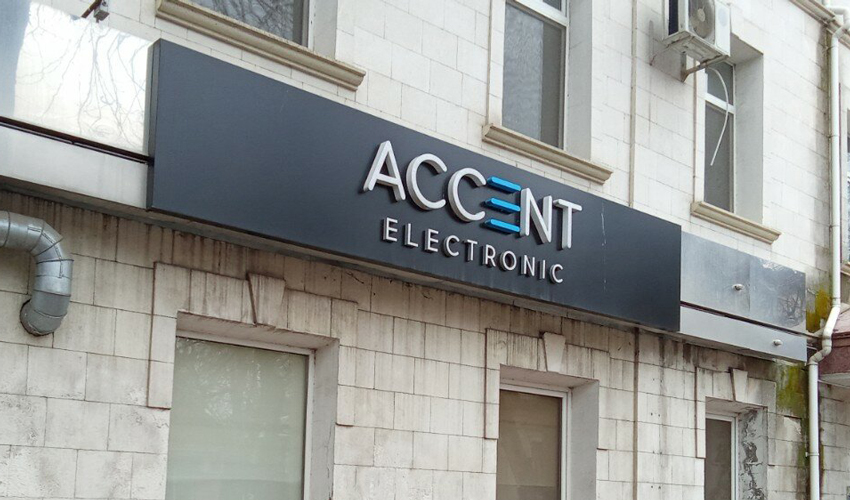
Karolina Novak
The debate was attended by representatives of professional associations, experts and key players in the energy and construction sectors.
As Karolina Nowak, State Secretary of the Ministry of Energy, pointed out, the real estate fund renovation strategy is not just a document of state policy, but a benchmark towards a greener future. “With the building sector accounting for more than 53% of final energy consumption and almost half of gross domestic consumption, the need to intervene is urgent. Buildings constructed between 1960 and 1990, mostly non-energy efficient, generate energy losses of up to 60%, resulting in high costs for households and institutions.”
The strategy sets out a framework for action to transform the existing real estate stock into a decarbonized and highly energy efficient stock by 2050. The document identifies priority measures and policies and assesses the need for public and private investment. It correlates with the Integrated National Energy and Climate Plan (INCP) 2025-2030, which envisions annual savings of at least 0.8% of average final energy consumption.
Priority measures include: attracting private investment in the residential sector; developing the energy services market (ESCO); mobilizing local budget funds for building renovation; and strengthening the construction sector.
However, experts are divided in their opinions on the presented Strategy.
For example, the executive director of the Society of Independent Appraisers of Moldova (SEI RM), Dmitri Tereburke, pointed out that the cost of the project is estimated at 15-20 billion euros, which is 60-80% of the country’s GDP, while Moldova already has a public debt of almost 40% of GDP. In addition, the project envisages the resettlement of 30% of residents of emergency houses – about 194 thousand people. And where – it is not specified, he notes in social networks.
He fears that renovation in Chisinau districts will result in the construction of business centers and “elite candles”. And it will have a negative impact on the architectural heritage, as under the guise of “emergency” it is planned to liquidate 120 objects of XIX-XX centuries, including houses in the style of Bessarabian Art Nouveau.
But in order not to be an unsubstantiated critic, the expert offers some recommendations:
– spot repair instead of demolition;
– Romanian experience of incentives, e.g. tax incentives for installing panels;
– protection of property, prohibition of forced seizure of housing without an adequate and clear expropriation mechanism;
– transparency – publication of online renovation maps with an algorithm for selecting houses.













